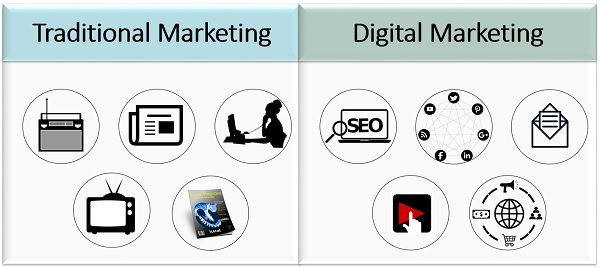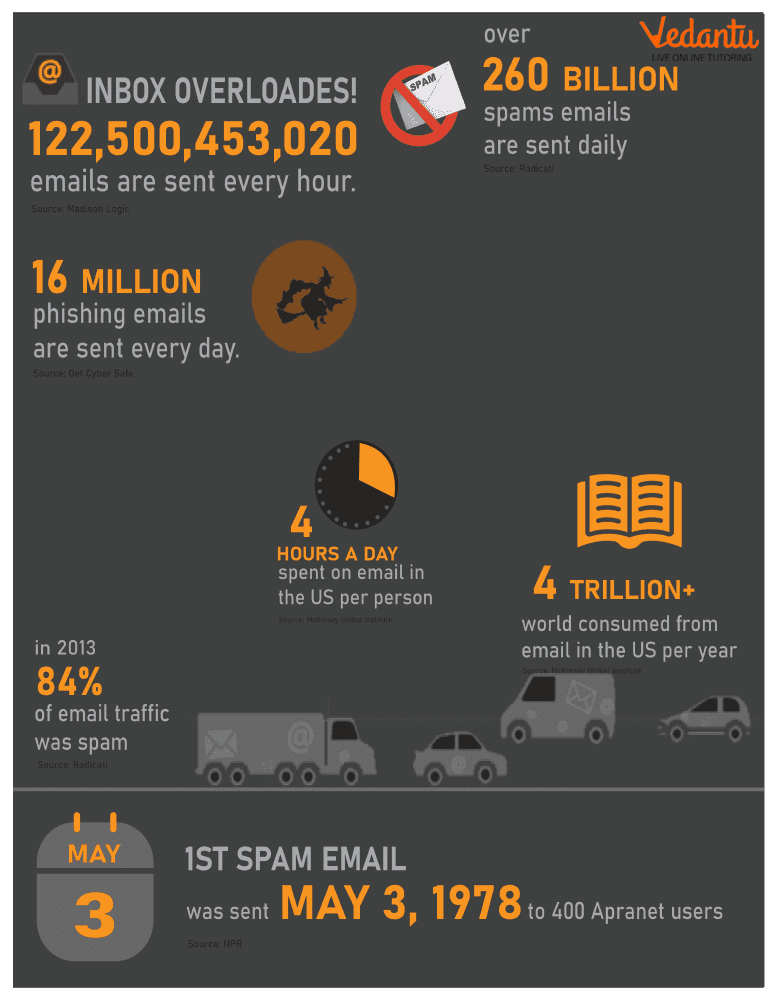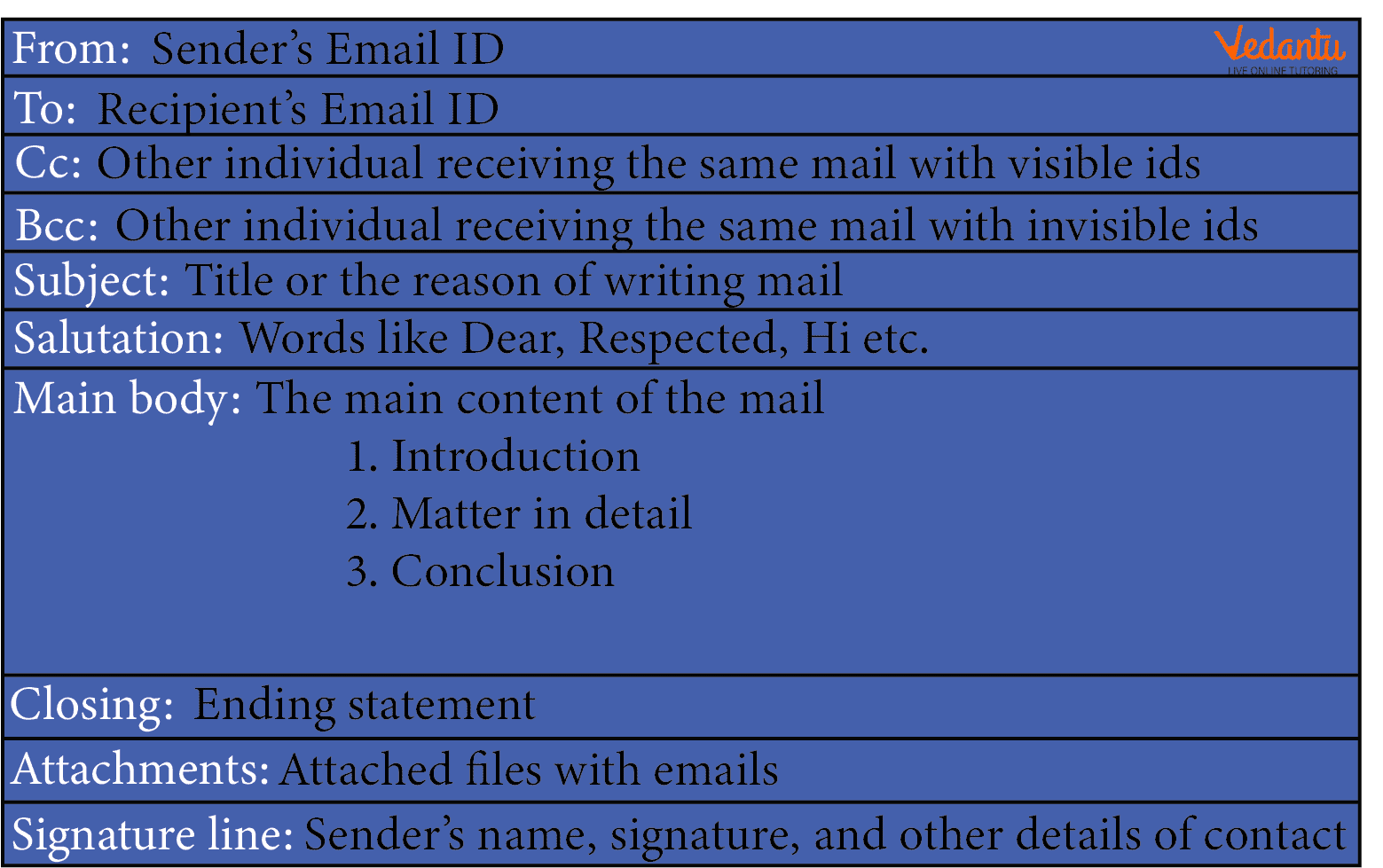Email has revolutionized the way we communicate and conduct business, offering numerous advantages over traditional mail.
One major advantage of email is speed. Emails can be sent and received almost instantly, regardless of the physical location of the sender and recipient. In contrast, traditional mail can take several days or even weeks to be delivered, depending on the distance and the efficiency of the postal service. This means that email is a much more efficient way to communicate, especially when time is of the essence or when we need to exchange information quickly.
Another advantage of email is cost. Sending an email is much cheaper than sending traditional mail, especially for long distances. Traditional mail requires the purchase of stamps and envelopes, as well as the cost of transportation and handling. In contrast, email can be sent and received for free, or for a very low cost if we are sending large attachments or using a paid email service.
Email also offers greater convenience and flexibility. With traditional mail, we have to physically visit a post office or mailbox to send or receive mail. With email, we can access our inbox from any device with an internet connection, allowing us to stay connected and communicate from anywhere. We can also easily search through our email history to find specific messages or attachments, which is not possible with physical mail.
In addition, email is more secure than traditional mail. Emails can be encrypted to protect the confidentiality of the content, and we can also use passwords and other security measures to prevent unauthorized access to our inbox. In contrast, traditional mail can be lost, stolen, or damaged, and there is no way to track or secure it once it has been sent.
Overall, email offers numerous advantages over traditional mail, including speed, cost, convenience, flexibility, and security. It is no wonder that email has become the dominant form of communication in the modern world.








